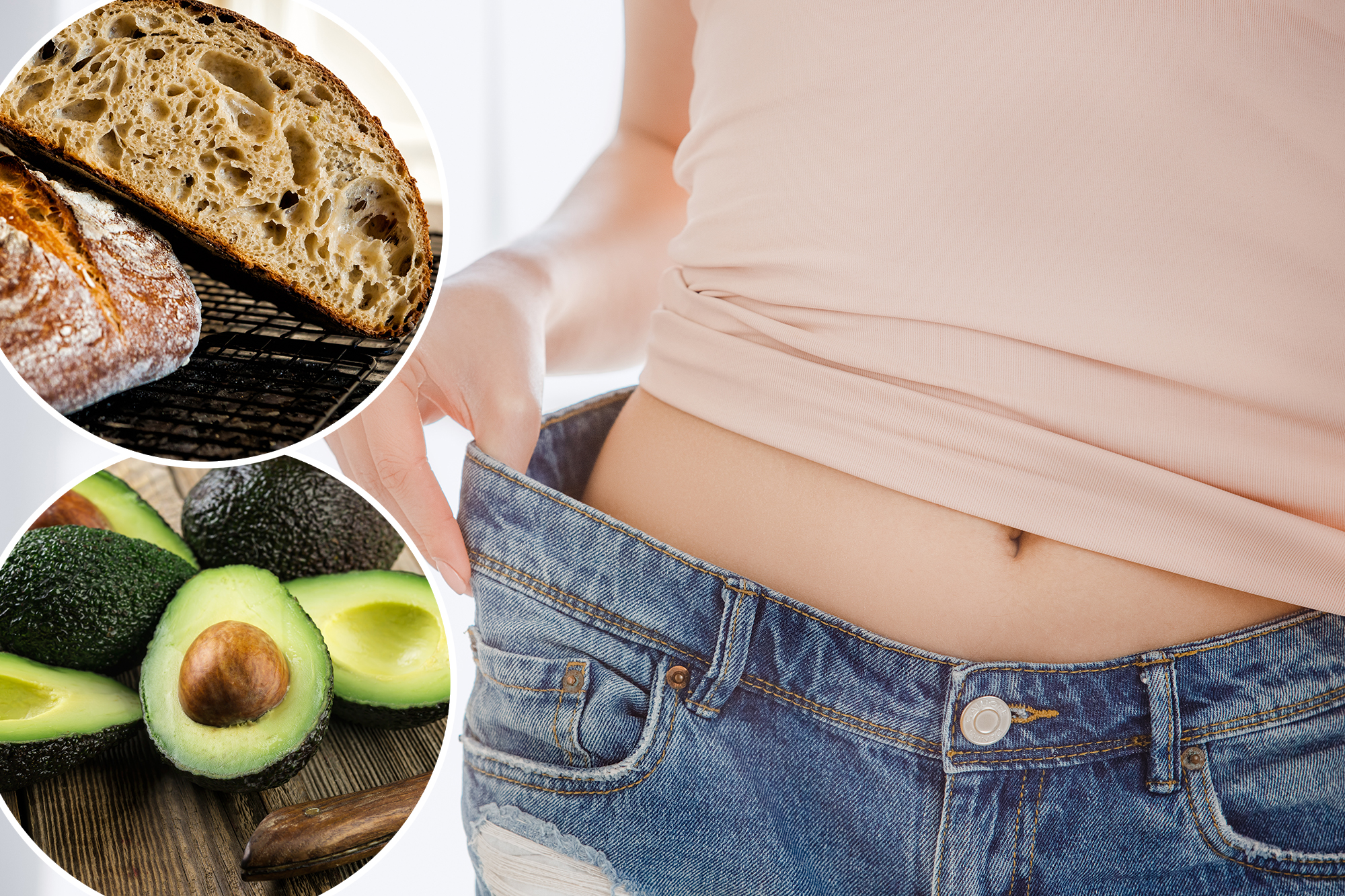
Eating right and still not losing weight?
Dietitian and registered dietitian Ilana Muhlstein says the reason may be a gap between what we perceive as a healthy diet and what supports weight loss.
Muhlstein told Fox News Digital this week“There is definitely a big difference between being healthy and being healthy for weight loss. I see so many people struggle with this.”
She notes that some foods that may check nutrition boxes can cause weight gain, “which is not healthy for your body in general, especially if you have weight to lose.”
Muhlstein shares her list of six “healthy” items to cut out or reduce if you’re trying to lose weight — granola, nut butters, sourdough bread, avocados, pesto and chia seed pudding.
Granola
Muhlstein calls granola the caloric equivalent of a “crushed cookie,” reporting that a single cup of the crunchy stuff can contain up to 600 calories.
She explains that while oats in granola may seem like a healthy choice, they’re “usually topped with nut butters, oils, maple syrup, honey, chocolate chips and coconut flakes.”
To wit, a nutrient profiling system from Tufts University once ranked ice cream as healthier than granola.
Courtney Smith, a registered dietitian, diabetes specialist and founder of Keys to Nutrition, previously told The Post that granola is a “health halo,” meaning it’s marketed as healthy, but it can do more harm than good.
She says, “Granola may seem like a healthy cereal option, but it contains a large amount of added sugar, which is used to form piles.”
Smith recommends eating calorie-dense granola as a topping instead of a bowl.
Nut butter
While whole nuts contain protein, Muhlstein asserts that nut butters “are not a source of protein.”
She advises dieters to add these butters to sauces, smoothies and stir-fries to boost flavor and provide a dose of healthy fats, but don’t make them a main meal, “If you’re trying to eat peanut butter for protein and you’re Having a peanut butter and jelly sandwich, you’ve got a lot of calories, a lot of carbs… and very, very little protein overall.”
Peanut butter has historically been a bit polarizing. Some experts say it contains healthy fats that can support weight loss, while others argue SPREAD unwittingly contributes to weight gain.
If you’re committed to the dip, Smith tells The Post that full-fat versions of nut butters are better for the body than diet or low-fat options.
Sourdough bread
Sourdough bread, the carb star of the COVID jams, has lost some of its shine in the wake of the pandemic.
Muhlstein notes that while sourdough is fermented and has a lower glycemic index than other breads, it “still has calories” and “isn’t cauliflower yet.”
She tells clients who bake a loaf of homemade bread every week and eat every slice, “It doesn’t really work for their weight loss. But it’s the last thing they think is the problem because it’s advertised as such a healthy food.”
avocado
Avocados are a true superfood. Packed with healthy fats and fiber, an avo a day has been linked to better sleep and improved cardiovascular function. However, Muhlstein says eating the green good stuff in excess can lead to weight gain.
“Most women only need one serving of avocado a day,” Muhlstein told Fox News Digital.
She points out that moderation is key when it comes to consumption, “I usually recommend about a quarter to a third of an avocado at a time.”
Pesto
According to Muhlstein, there’s a reason zookeepers recently named an overweight baby penguin Pesto. Basil-based sauces and dressings are traditionally made with high-fat ingredients such as olive oil, Parmesan cheese, and pine nuts.
She shares, “When you’ve dipped it in your bread and it’s overdone, it’s a high-calorie condiment.”
For her healthier, at-home version, Muhlstein ups the basil content and replaces the cheese and nuts with a combination of lemon juice, Greek yogurt, and nutritional yeast.
“I know it sounds sacrilegious to some cooks, but if you’re really trying to get the flavor, there are ways to make a leaner pesto,” she explained.
Chia Seed Pudding
Known for their anti-inflammatory and digestive support properties, chia seeds are high in soluble fiber and omega-3 fatty acids and are considered a holy grail among health nuts.
However, Muhlstein notes that the popular preparation of chia seed pudding often includes sweeteners like honey, maple syrup, and coconut milk, making the dessert high in calories, low in protein, and more of a dessert than a healthy choice for the main course.
“In general, it’s not the slimmest choice if you’re trying to shed pounds on the scale and maintain a leaner frame,” she told Fox News Digital.
#Dietology #reveals #healthy #foods #fat
Image Source : nypost.com